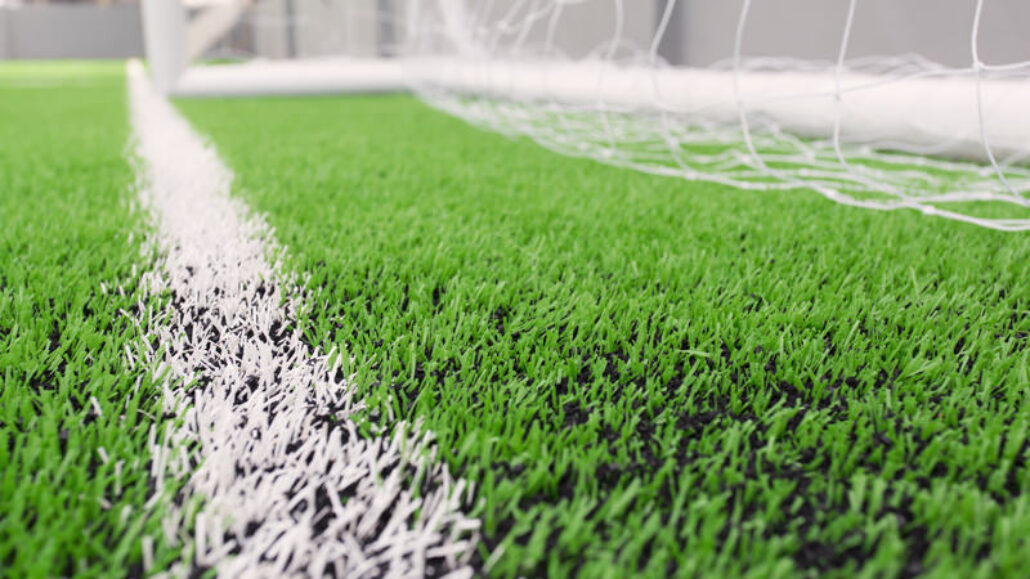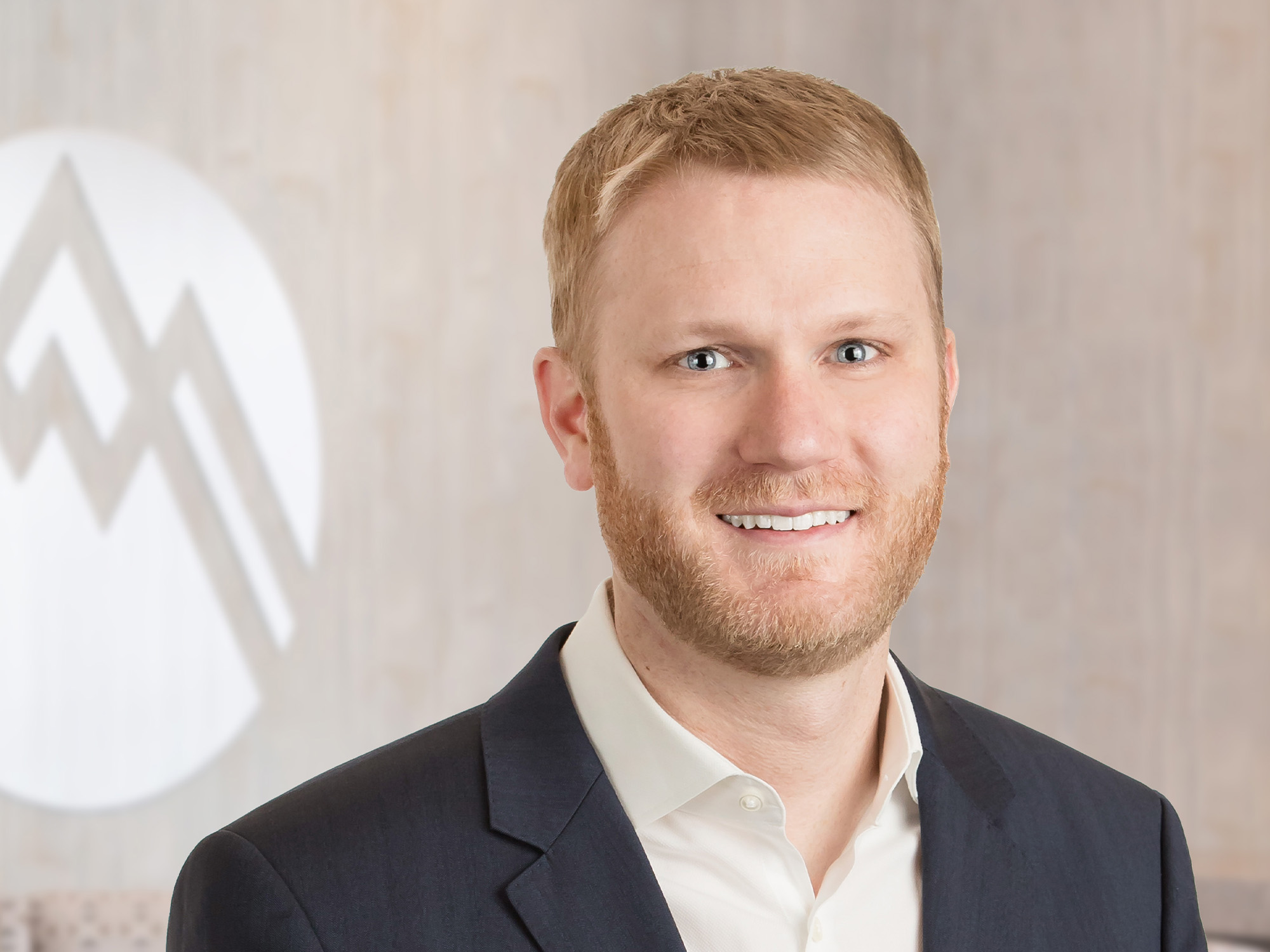Artificial turf is growing in popularity. But concerns have been raised about the safety of these synthetic fields. Dr. Skendzel explains what we know about the safety of artificial turf today, and what we hope to learn from research that is underway.
Rise of artificial turf
Field athletes in Minnesota are familiar with the tiny bits of black rubber used in artificial turf. Synthetic fields are built on a base of rubber pellets that cushion the playing surface and provide bounce. The pellets behave like dirt: they are tracked home in a player’s shoes and clothes, and can be ground into scrapes when an athlete falls on the field.
Artificial turf is becoming an increasingly popular choice for academic and public sports fields because it uses less water than grass and is more durable, making it less expensive to maintain. The plastic materials also provide better traction in bad weather and more shock absorption for athletes than natural grass.
But is artificial turf safe?
“Concerns about artificial turf have been voiced for decades,” explains Dr. Skendzel, one of the sports medicine surgeons providing medical care to District 833 athletes in the East Metro. “Historically, there has never been any conclusive finding that artificial turf poses a safety hazard.”
In the fall of 2015, a Seattle soccer coach reported that dozens of high school athletes had developed cancer and feared that these illnesses were caused by exposure to the rubber pellets. This claim triggered renewed concern and new investigations into the safety of synthetic turf.
Artificial turf manufacturers maintain that the turf is safe, citing research from numerous state governments and school systems that have examined synthetic turf without finding any clear evidence of health risks.
Watch ongoing research
“At Summit, the safety of our athletes is our priority, and we follow emerging research closely,” Dr. Skendzel says. “To date, we know of no conclusive evidence that artificial turf is hazardous, but comprehensive research takes time. In February 2016, the Environmental Protection Agency, the Consumer Product Safety Commission, and the Centers for Disease Control and Prevention announced that they would be working together to study this issue. We will be staying abreast of research results as they are made available.”
Summit Orthopedics offers comprehensive sports medicine expertise
From Olympians to pro athletes to kids in youth sports and those that just want to be more active—Summit Orthopedics delivers expert care by fellowship-trained sports medicine physicians. If you are recently injured or concerned about ongoing pain, Summit Orthopedics sports medicine specialists have the expertise to evaluate your discomfort and develop a plan to quickly and safely help you get back to being active.
Start your journey to stronger, healthier athletic condition. Find your sports medicine expert, request an appointment online, or call us at (651) 968–5201 to schedule a sports medicine consultation.
Summit has convenient locations across the Minneapolis-St. Paul metro area, serving Minnesota and western Wisconsin. We have state-of-the-art centers for comprehensive orthopedic care in Eagan, MN, Vadnais Heights, MN, Plymouth, MN, and Woodbury, MN, as well as several additional community clinics.
Additional resources for you
- Check out our injury prevention QUICKGuides for sport-specific tips
- More on Summit’s Sports Medicine services
- Find more resources include other articles and video content on our Sports Medicine Topic Section
- Ask Dr. Skendzel: What Does It Take To Win Olympic Curling Gold?
- Is A Single Year-Round Sport Good For Your Child?

